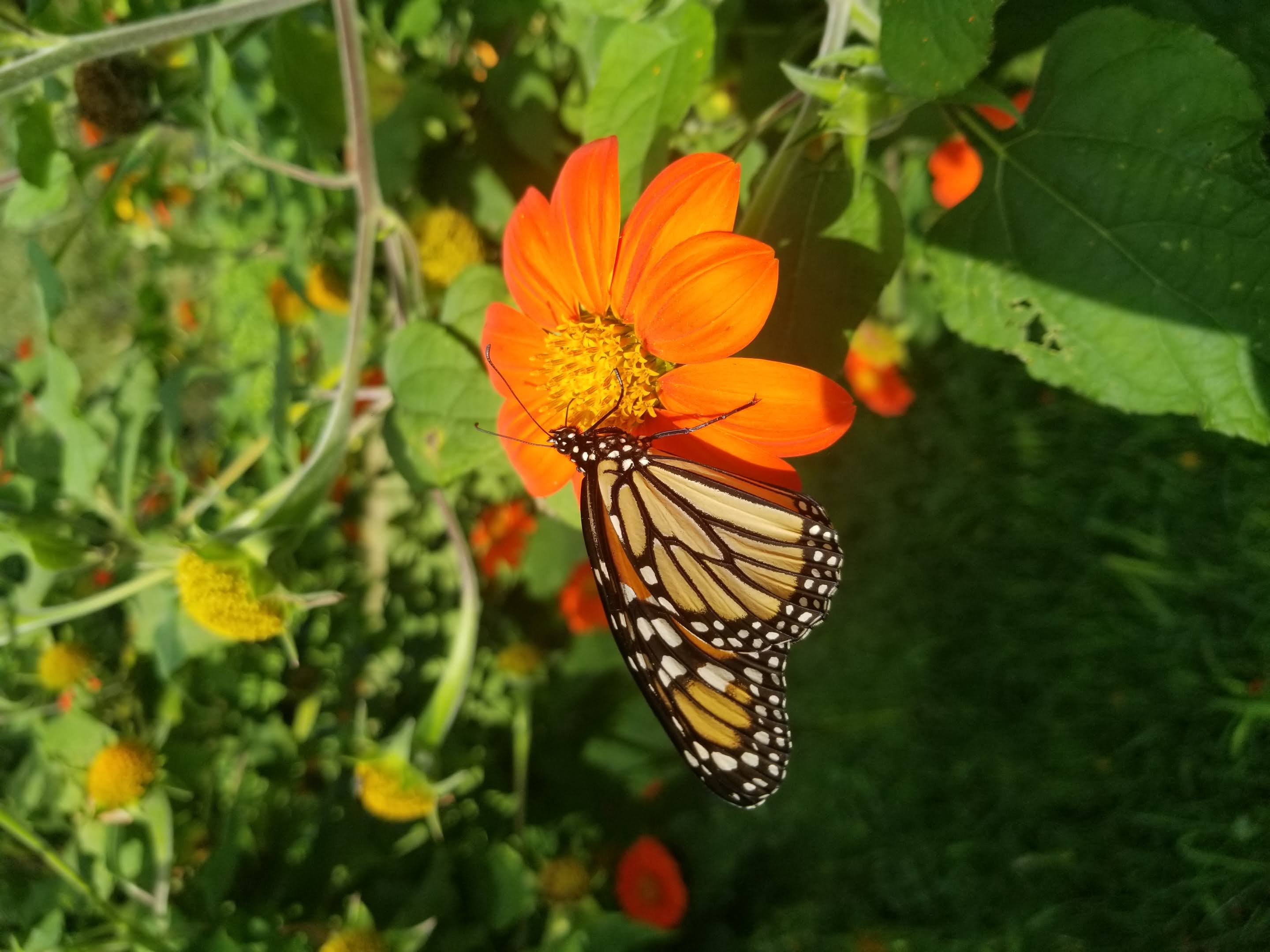The Importance of Having Your Own Garden
go.ncsu.edu/readext?759419
en Español / em Português
El inglés es el idioma de control de esta página. En la medida en que haya algún conflicto entre la traducción al inglés y la traducción, el inglés prevalece.
Al hacer clic en el enlace de traducción se activa un servicio de traducción gratuito para convertir la página al español. Al igual que con cualquier traducción por Internet, la conversión no es sensible al contexto y puede que no traduzca el texto en su significado original. NC State Extension no garantiza la exactitud del texto traducido. Por favor, tenga en cuenta que algunas aplicaciones y/o servicios pueden no funcionar como se espera cuando se traducen.
Português
Inglês é o idioma de controle desta página. Na medida que haja algum conflito entre o texto original em Inglês e a tradução, o Inglês prevalece.
Ao clicar no link de tradução, um serviço gratuito de tradução será ativado para converter a página para o Português. Como em qualquer tradução pela internet, a conversão não é sensivel ao contexto e pode não ocorrer a tradução para o significado orginal. O serviço de Extensão da Carolina do Norte (NC State Extension) não garante a exatidão do texto traduzido. Por favor, observe que algumas funções ou serviços podem não funcionar como esperado após a tradução.
English
English is the controlling language of this page. To the extent there is any conflict between the English text and the translation, English controls.
Clicking on the translation link activates a free translation service to convert the page to Spanish. As with any Internet translation, the conversion is not context-sensitive and may not translate the text to its original meaning. NC State Extension does not guarantee the accuracy of the translated text. Please note that some applications and/or services may not function as expected when translated.
Collapse ▲There are many reasons to have a garden of your own. Some of you may have a garden and might want to add to it. Perhaps you might want to have a vegetable garden, simple flower garden, or maybe even a combination of multiple types of gardens. Having a garden of any type is a great reason to get out in nature, slow down for a bit and enjoy the small things. For many, this can be a small escape from the busyness of a hectic lifestyle.
Vegetable gardens are an obvious type of garden that many would like to have. The idea of growing your own food and providing for yourself is intriguing to many, and for good reason. At the beginning of the COVID-19 pandemic, the number of people having vegetable gardens increased due to many food shortages that folks were experiencing. For most, they utilized or added a vegetable garden this past year, or at least contemplated having one. Being able to supply your own food is an enticing idea to many; even if you grow a small amount, it still feels amazing to have some farm fresh vegetables. I am sure most people can agree that the best tomato is one freshly picked and still warm from the sun!
Another aspect to consider when deciding on the type of garden you might want is how your garden will affect the wildlife in the area. Every plant will affect wildlife, either in a positive or negative aspect. Oftentimes, we might see stunning plants at the garden centers and decide to add them to our garden, but one should always look into that plant and see how it is useful to the native wildlife here. For many plants, they might not be useful to the wildlife here, or even worse, they could cause significant harm. You may want to also determine if a plant is an invasive species that can get out of control and damage local ecosystems or is it simply a non-native species. These are important thoughts to consider when creating your garden. Many people love their lawn areas, and they can be nice to relax in during a summer day but consider utilizing some of your lawn space as a native wildlife habitat. You may be surprised by the amount of life that will come back to your garden!
When creating your wildlife garden, you will want to choose each plant specifically. You will want to see if they serve a purpose to the native wildlife in your area. Do they support the pollinators, provide food for wildlife or serve as host plants for butterflies and moths to reproduce? Is there a fresh water source or a place for wildlife to seek shelter? These are all important things to consider. A lot of areas might also give out certificates, or even signage to a garden area if it meets certain requirements for wildlife. One to think about is creating a monarch butterfly waystation in your garden. You can get that registered (Click here to learn more) and you can even have a sign up that states your garden is an official “monarch waystation”! Another popular certification is the National Wildlife Federation’s Certified Wildlife Habitat program. Click here to visit their page! Reach out to your extension agent to learn more about starting or expanding your garden, as well as incorporating wildlife habitat into your garden.





